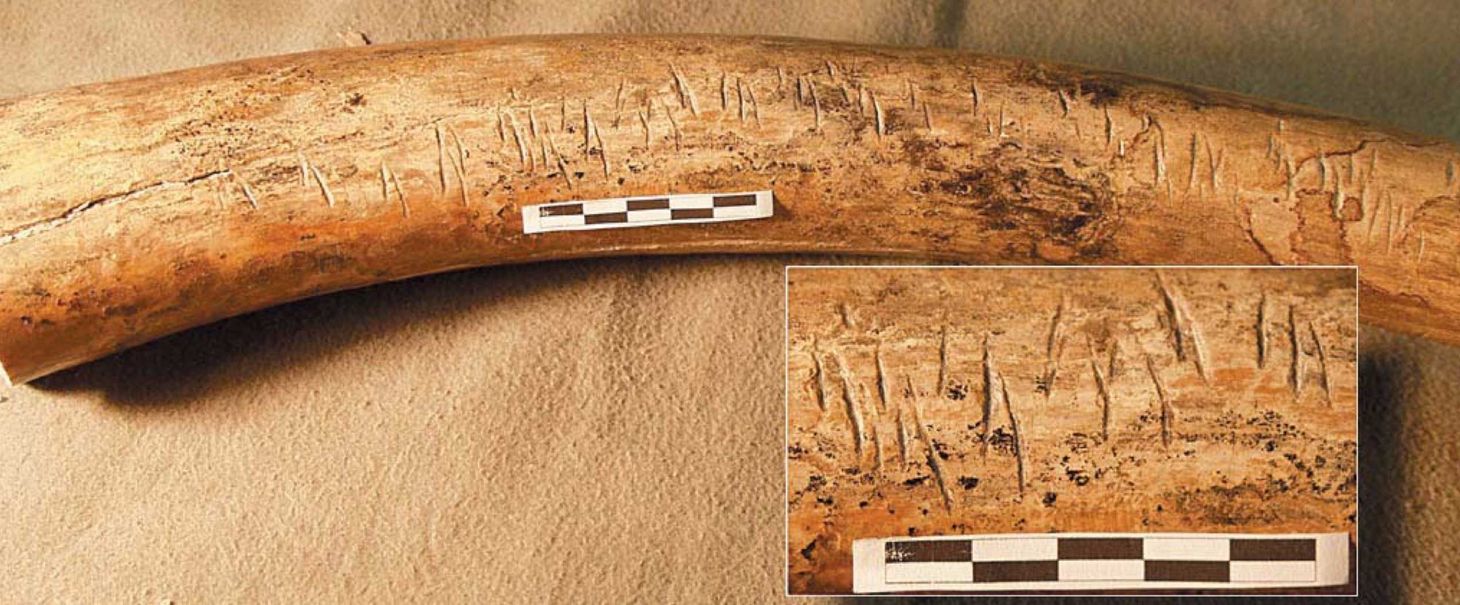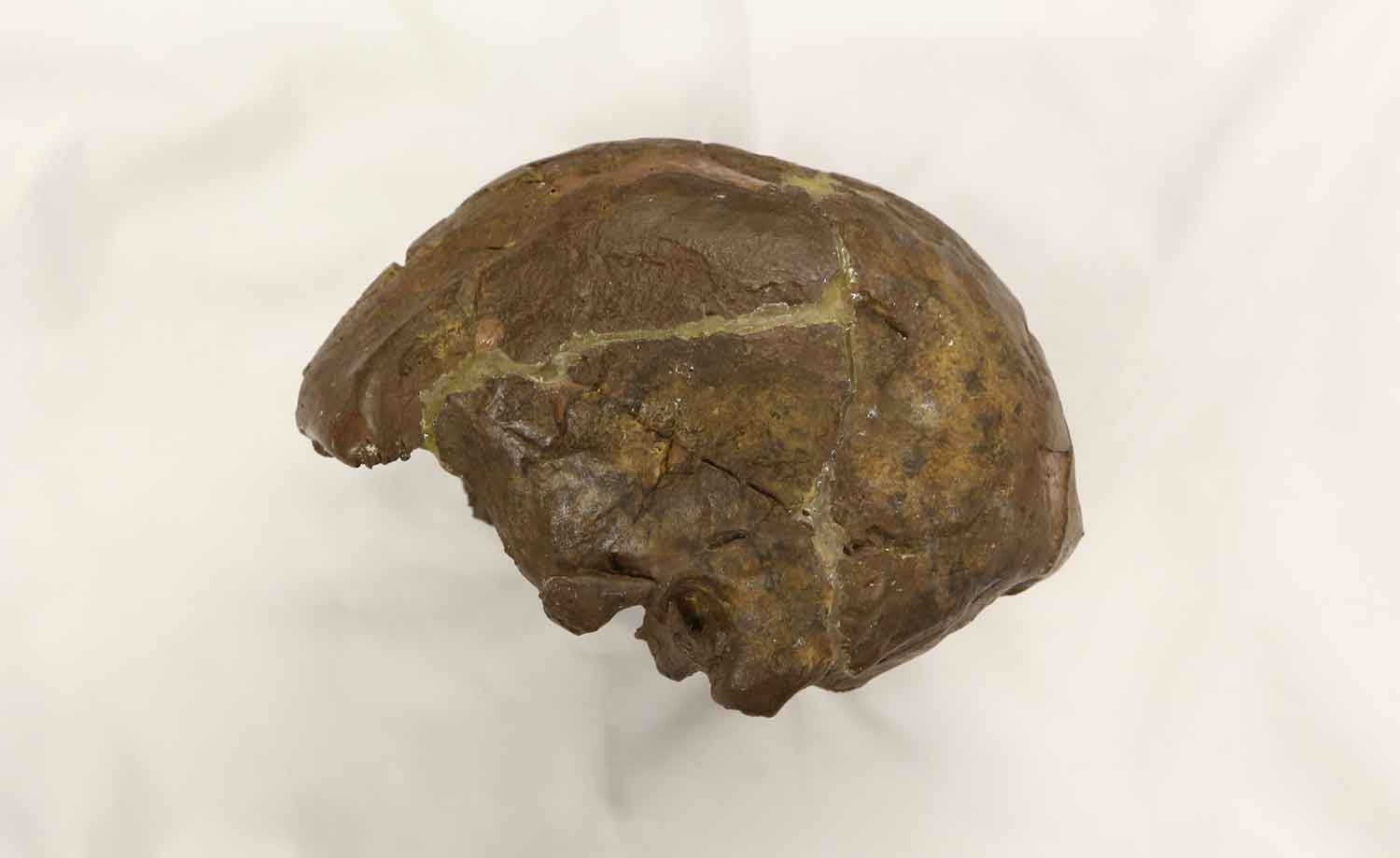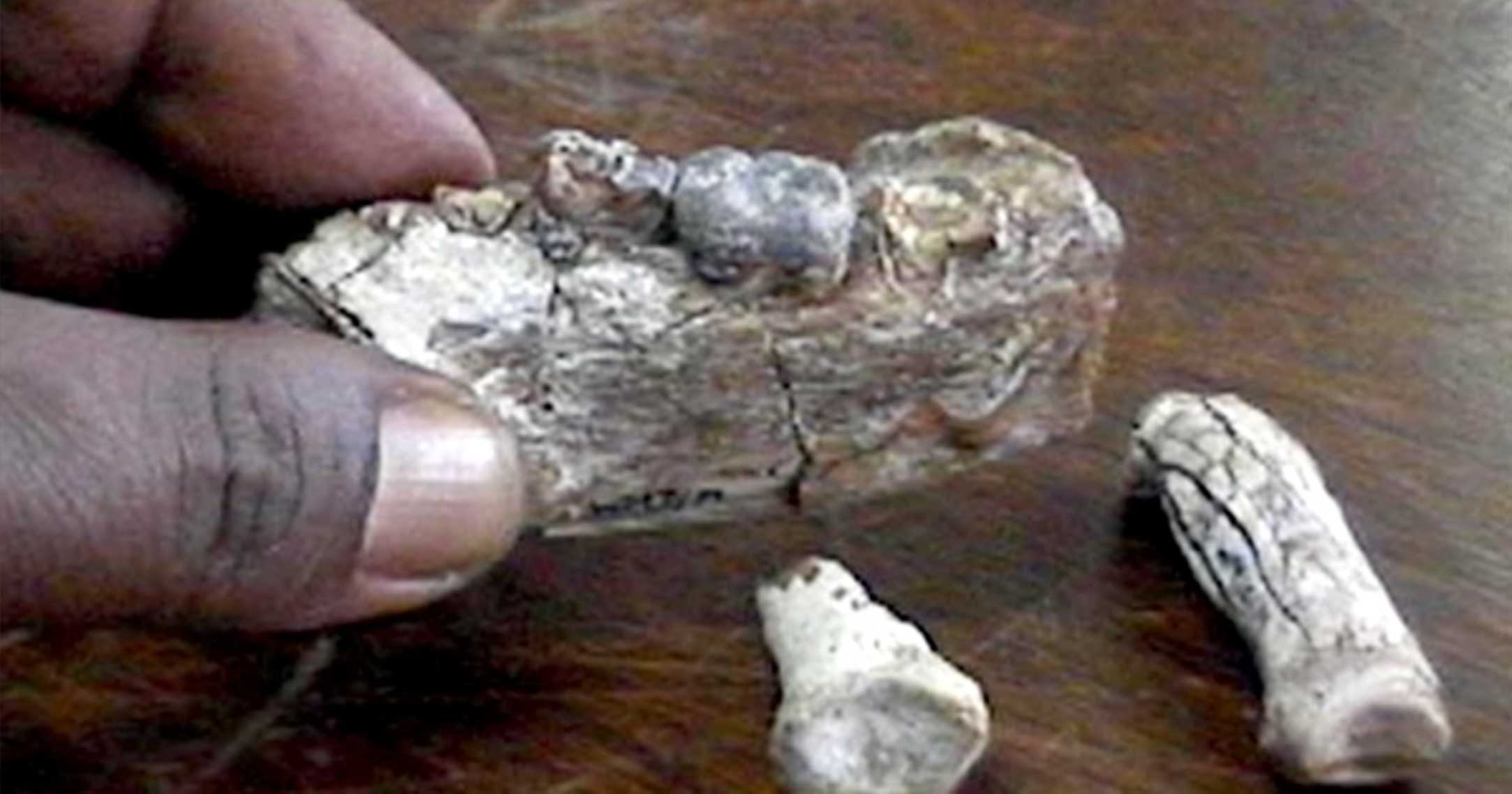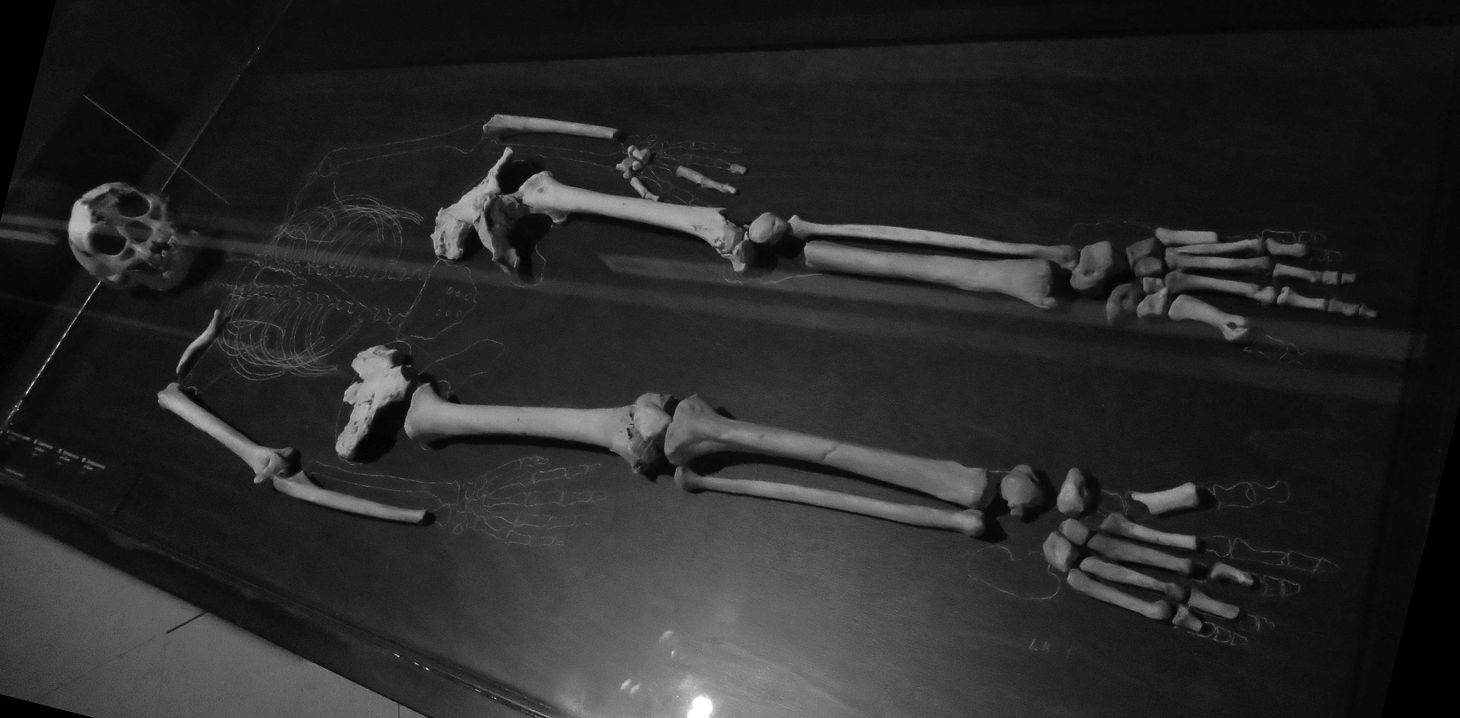Blog articles
Who first inhabited the European Arctic? A look at Mamontovaya Kurya
I examine a new paper reviewing a site in the far north of European Russia, with critical examination of the idea that Neandertals were this far north 40,000 years ago.

Data access to fossil hominins, reflecting on the NSF policy
In a post from 2005, I reflect on why access to data from fossil hominins is of central value to progress in paleoanthropology.
The earliest stone toolmakers had some technological sophistication
Several studies consider the stone flaking decisions necessary for Oldowan tool manufacture.
Did giant humans walk the Middle Pleistocene earth?
A National Geographic documentary program prompts questions about some fossils from South Africa with large body size estimates.
How the PhyloCode would change names in human evolution
A detailed post on a taxonomic proposal, with consideration of the idea that humans and our fossil relatives should be hominins instead of hominids.
Are the "earliest modern human" skulls really modern?
The redating of the Omo Kibish fossil remains prompts a close look at what it means to be a modern human.

Ardipithecus ramidus remains from a second field region, As Duma
New research from Sileshi Semaw and coworkers describes new fossils between 4.5 and 4.3 million years old.

The Homo floresiensis discovery, an initial FAQ
I answer questions about whether the small hominin is a dwarfed descendant of Homo erectus or something else.
